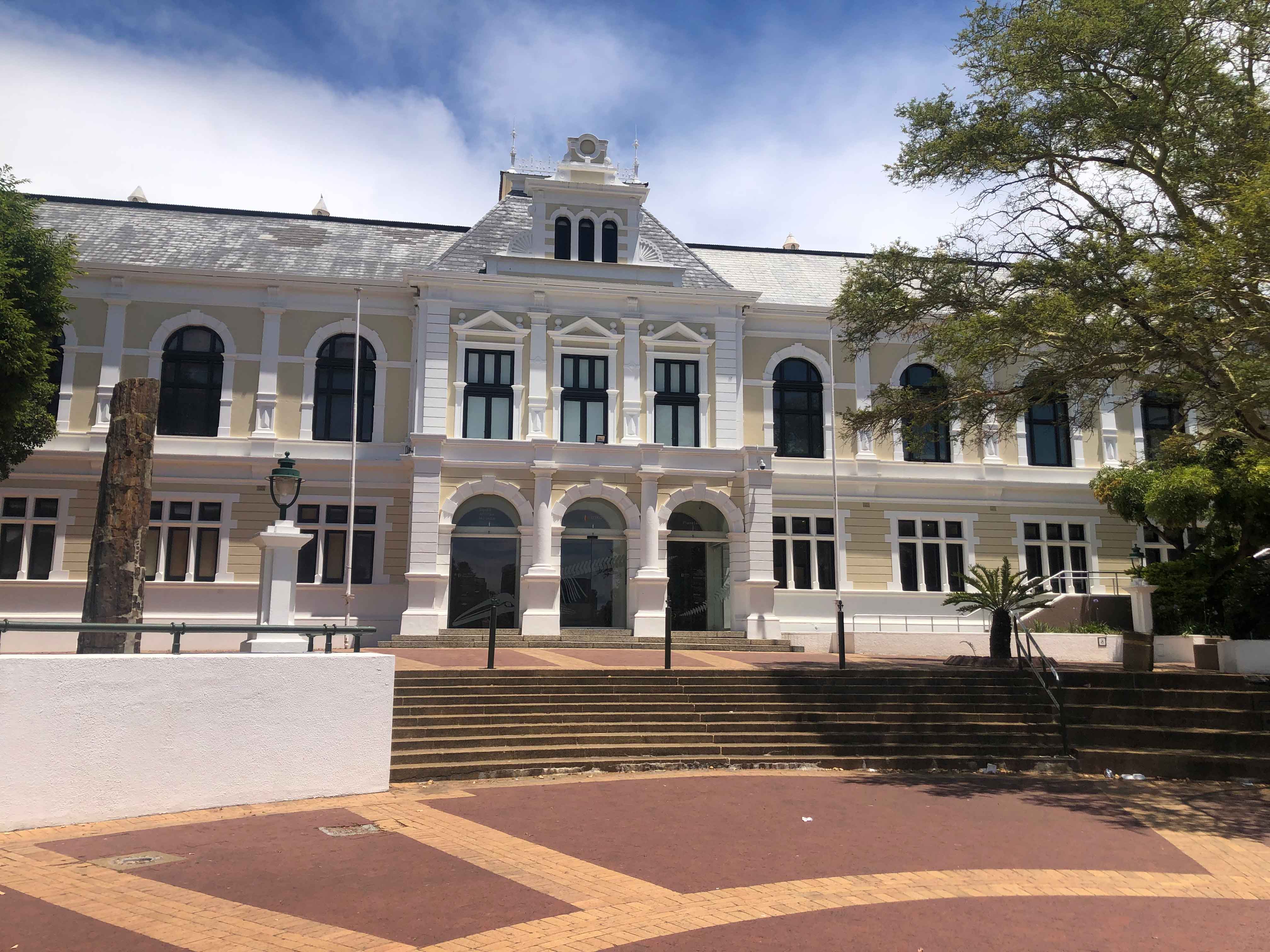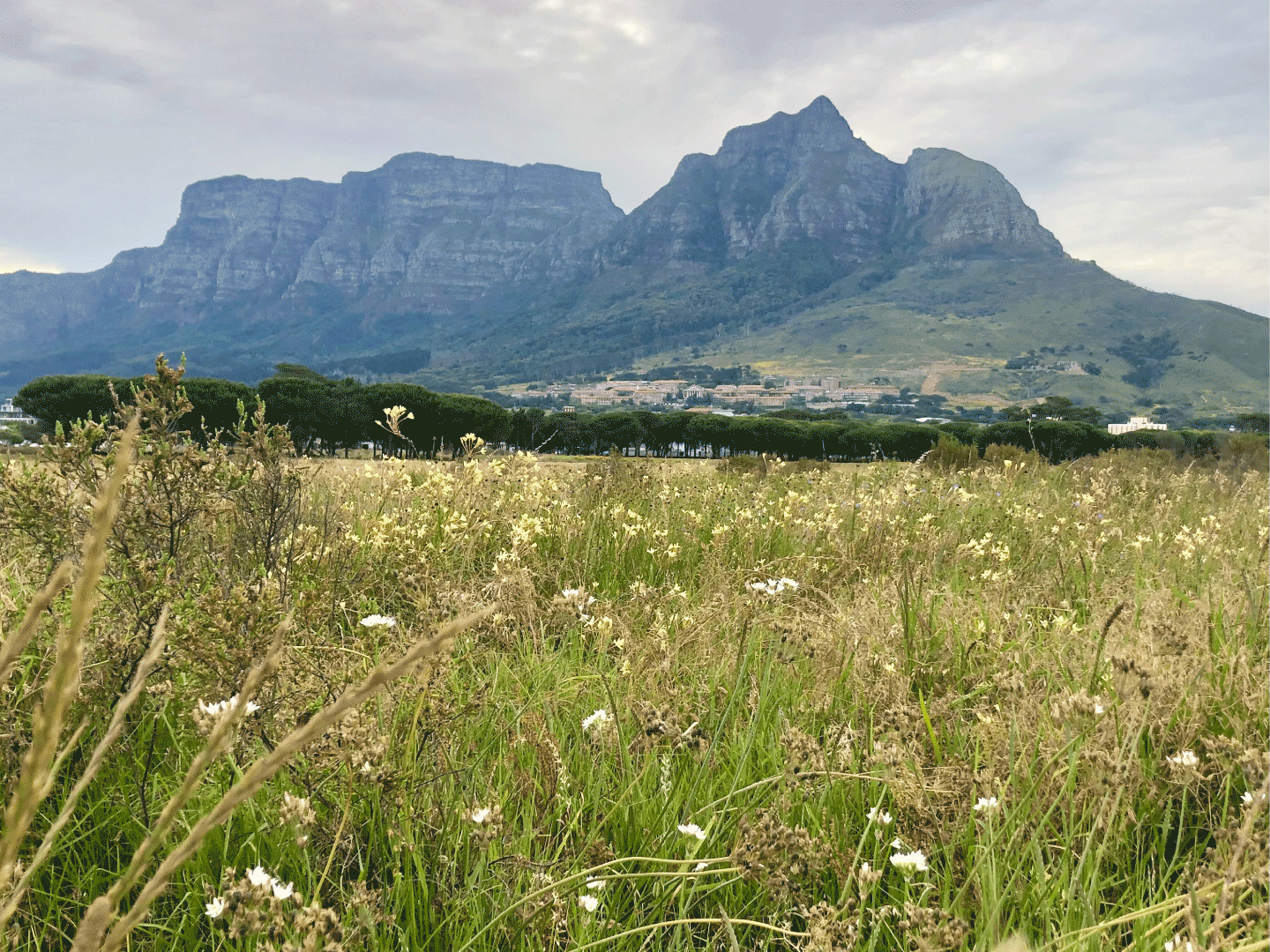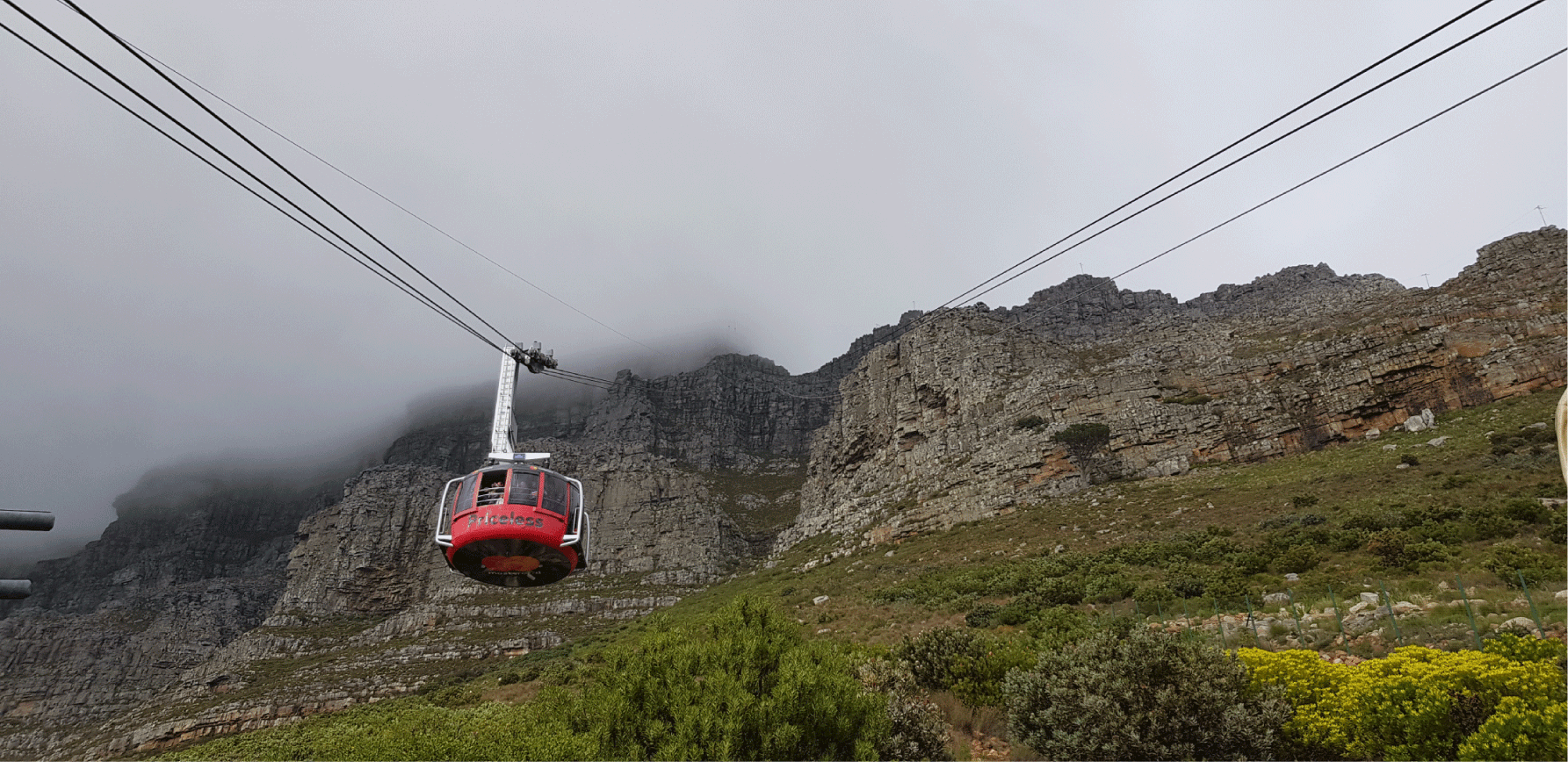
This rich Miocene/Pliocene locality is located about 150Km north of Cape Town.
It is recognised globally for the exceptionally well preserved diverse faunal remains which include Sivatheres, giraffids, seals and whales.
Fieldtrip leader: Pippa Haarhoff
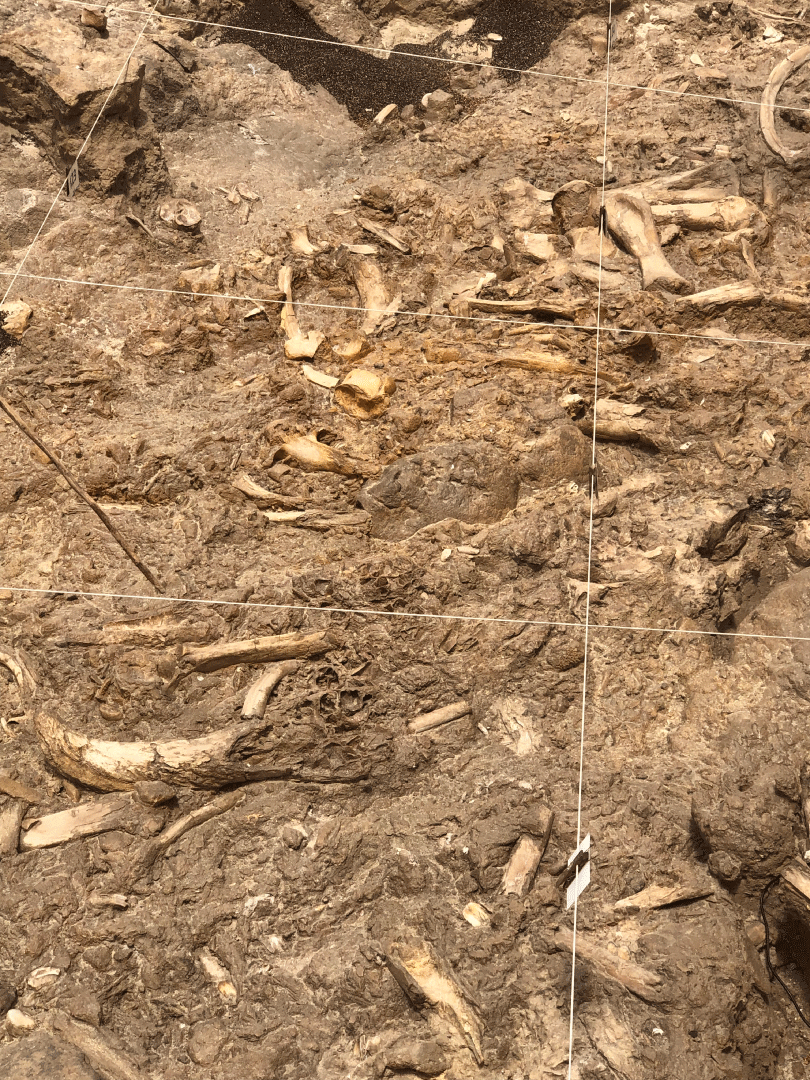
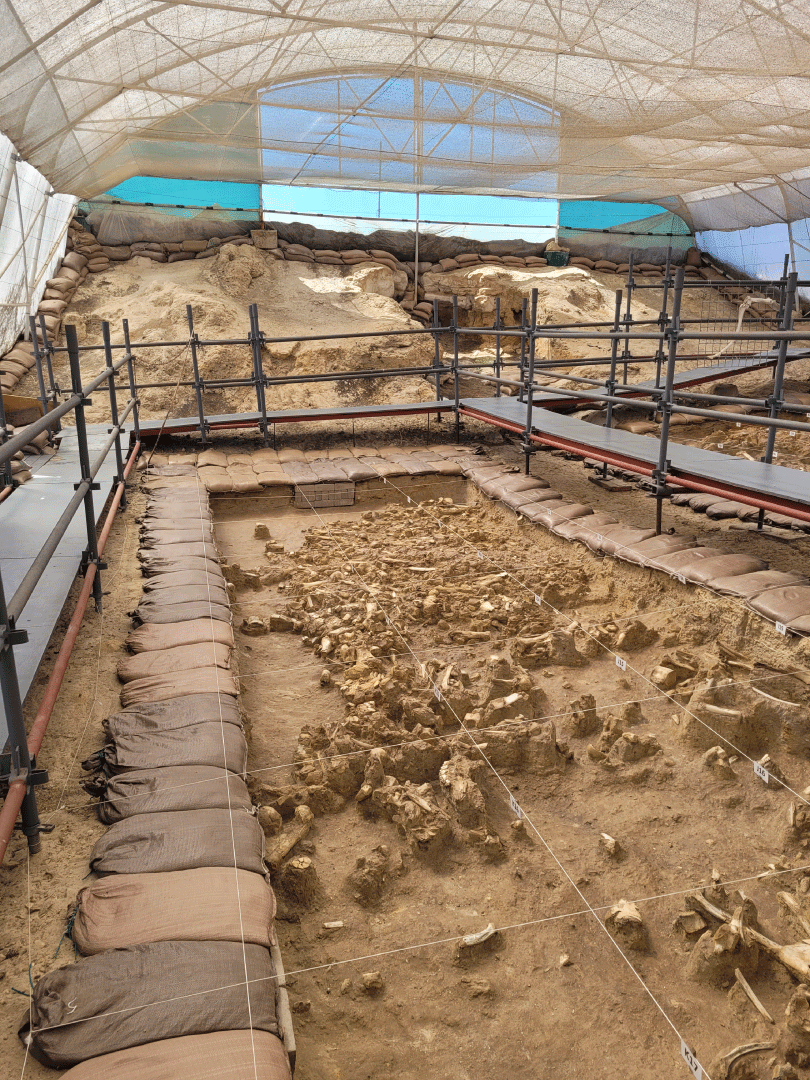
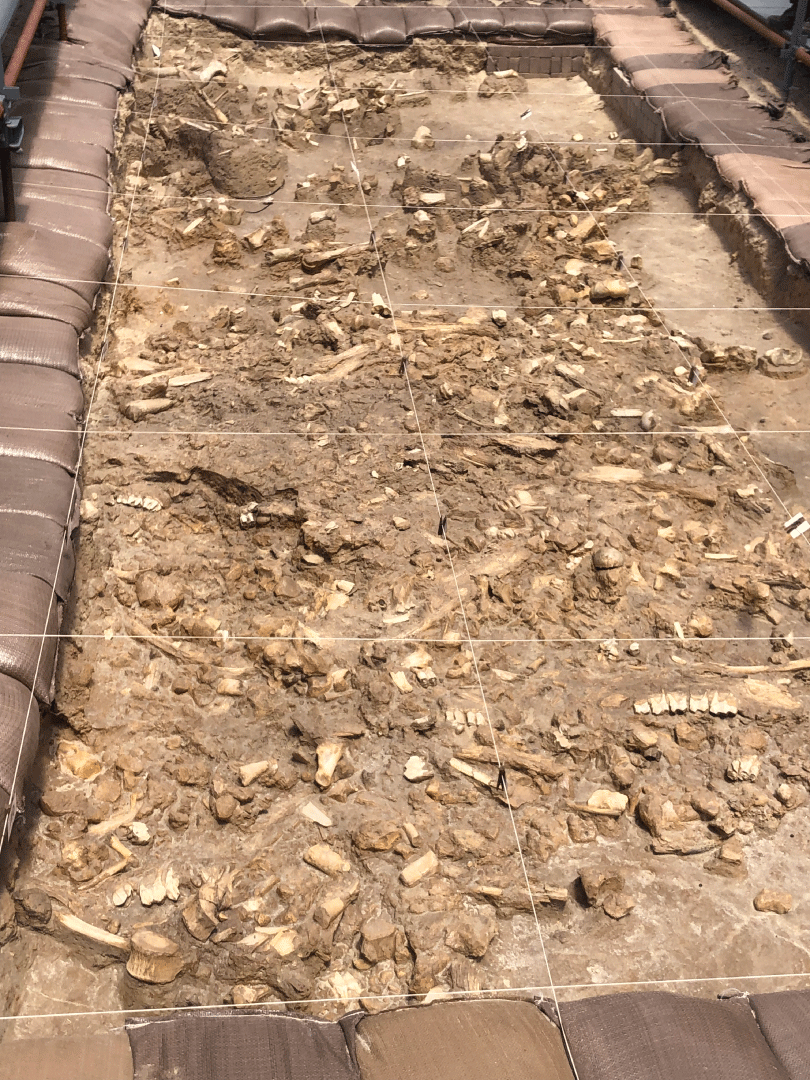
The Cape Supergroup provides an unparalleled ~120 million-year long testament of environmental, and biodiversity change during the Palaeozoic (Ordovician-Carboniferous) from a uniquely West Gondwanan perspective.
The Cederberg area is perhaps the best locale in West Gondwana to study this time period. Here, one can journey through time from the Ordovician to the Devonian. The rocks of the Table Mountain Group provide tantalising evidence for life’s earliest movements onto land as well as early shallow marine ecosystems in rocks of the Graafwater and Peninsula formations.
Importantly, the Table Mountain Group contains evidence that South Africa was a refugium for the Late Ordovician Hirnantian biota in the aftermath of a global ice-age recorded in the strata of the Pakhuis and Cedarberg formations.
The fossils of the Bokkeveld Group comprise the truly West Gondwanan endemic Malvinoxhosan biota that persisted at high polar latitudes during global hothouse conditions in the Devonian Period. Their rise and demise is closely linked to changes in environment that are recorded in these rocks as well as the overlying Witteberg Group.
Fieldtrip leader: Cameron Penn-Clarke
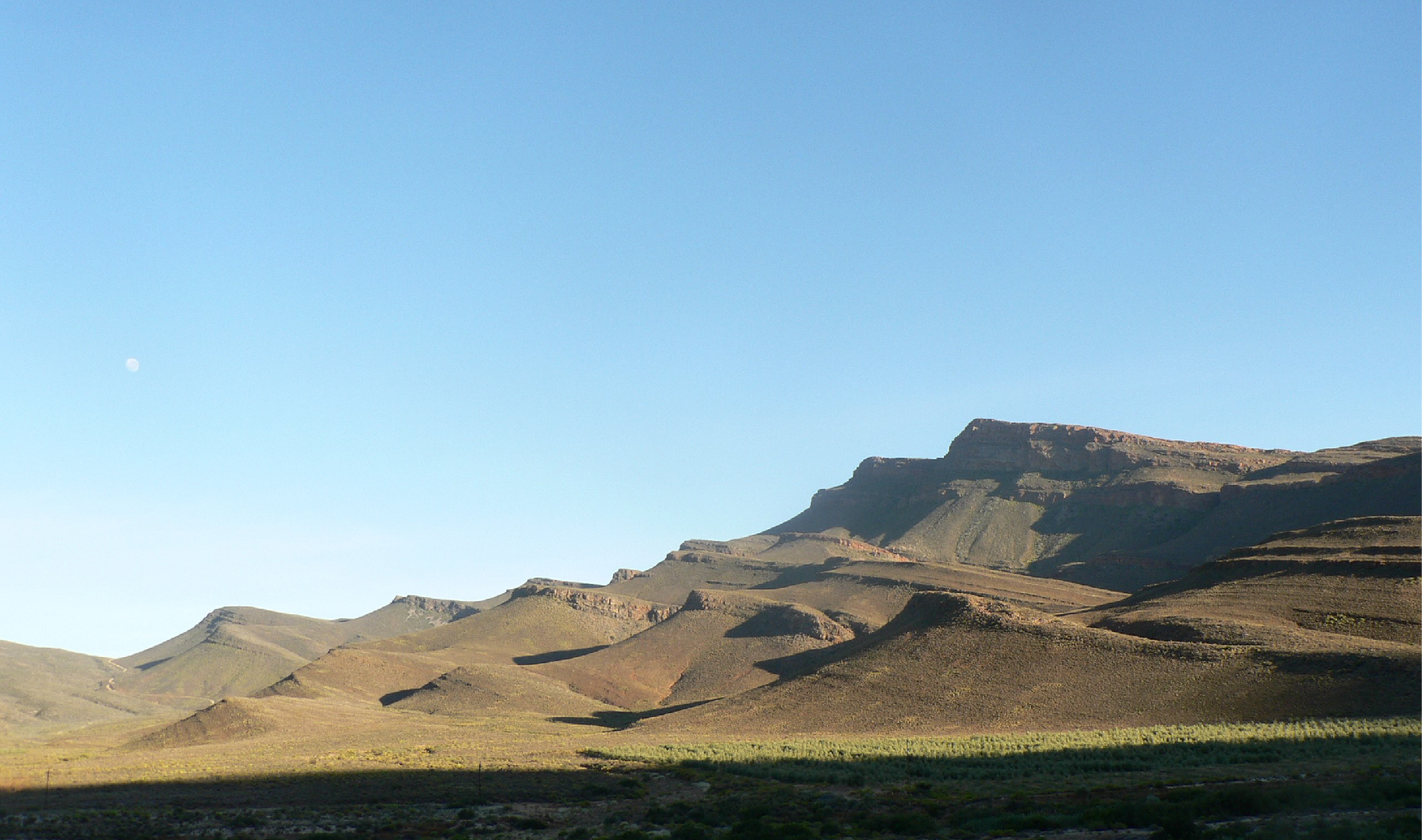
The Lower Jurassic of southern Africa represents the final events in the depositional history of the iconic main Karoo Basin of southern Pangea/Gondwana. This highly fossiliferous succession records evidence for extensive alluvial floodplains with calcic vertisols, ephemeral rivers, streams, and lakes in a semi-arid setting that eventually gave way to a vast sand sea before the return of more humid conditions at the end- Pliensbachian.
The upper Karoo is key to refining palaeoecological reconstructions not only during the biotic recovery after the end-Triassic extinction, but also prior to the extrusion of continental flood basalts that lead to the end-Pliensbachian extinction. Our field trip will showcase some of the most attractive landscapes carved into these fossil-rich continental rocks of southern Africa.
Fieldtrip leaders: Emese Bordy and Jonah Choiniere
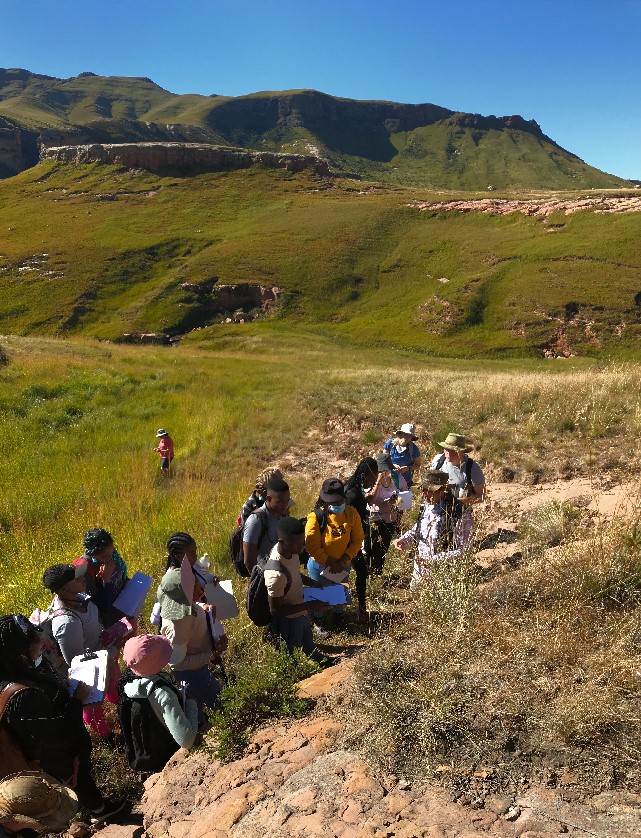
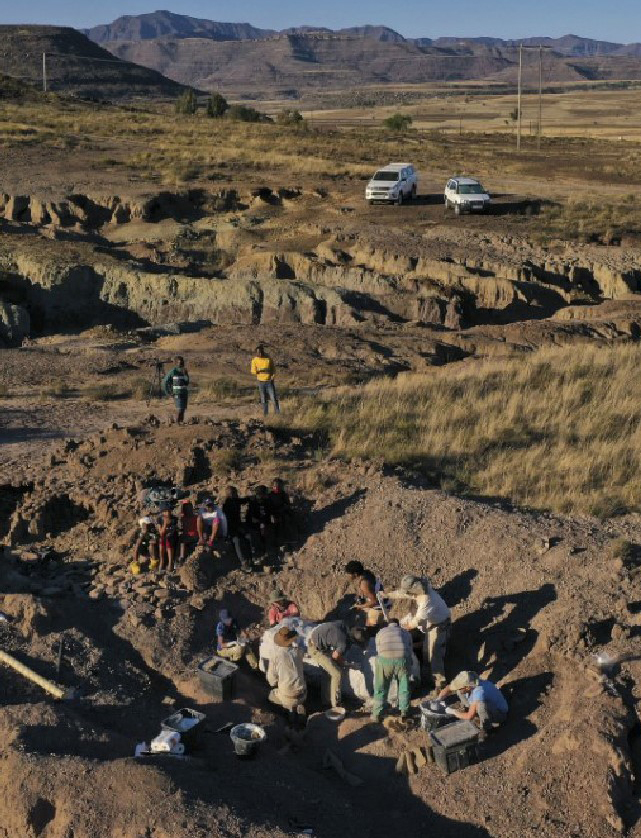
Located about 50 km NW of Johannesburg, the Maropeng Visitor Center, also known as the Cradle of Humankind is a rich palaeoanthropological locality. In 1999, it was declared a World Heritage Site by UNESCO. Several important fossils have been recovered from this site, including Mrs Ples and “Little Foot”.
www.sterkfonteincaves.wits.ac.za
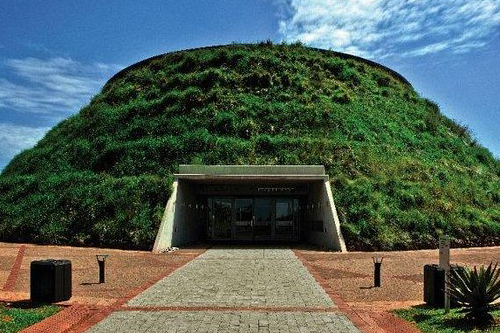
Diverse biota from both the early and late Devonian strata of the Eastern Cape reveal an unexpected abundant continental biota, considering their extremely high palaeolatitude. Whilst strata of the uppermost Table Mountain Group have one of the most diverse known Lochkovian floras, Famennian strata of the Witpoort Formation of the Witteberg group present an equally rich floral diversity, including for example southern Africa’s earliest (Archaeopteris) tees.
The Waterloo Farm lagerstatte combines flora and terrestrial invertebrate remains, as well as the only comprehensive vertebrate biota from southern Gondwana, including tetrapods. Exceptional soft tissue preservation at the site manifests in, for example, the most complete known growth series of a palaeozoic lamprey species.
The geological context of the above sites will be examined, as well as the Bokkeveld marine invertebrate locality. The fieldtrip will end up at the Devonian Ecosystems Project lab and gallery in Makhanda to view the displays of Waterloo Farm material and temporary displays of early Devonian material.
Fieldtrip leader: Rob Gess

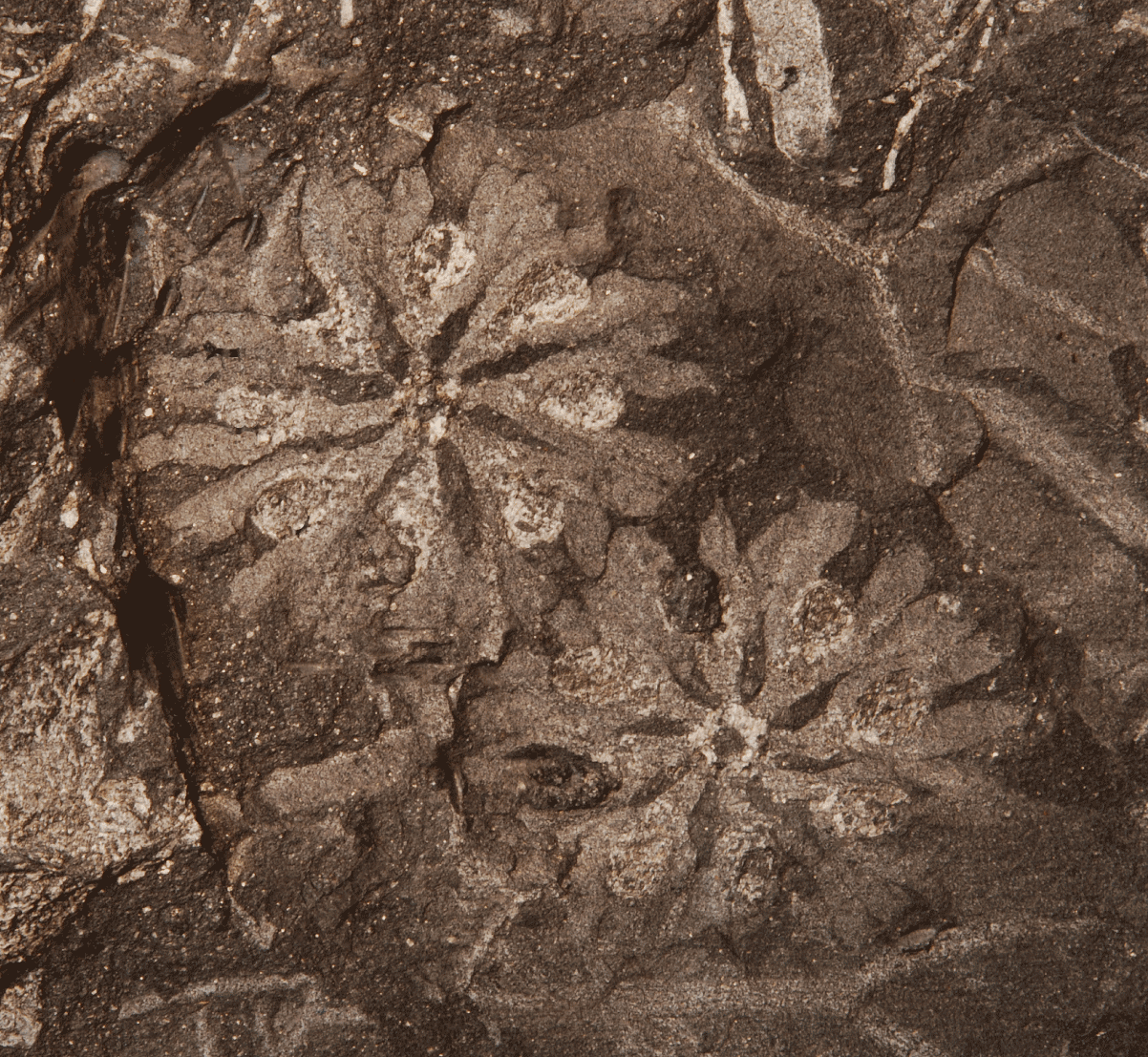
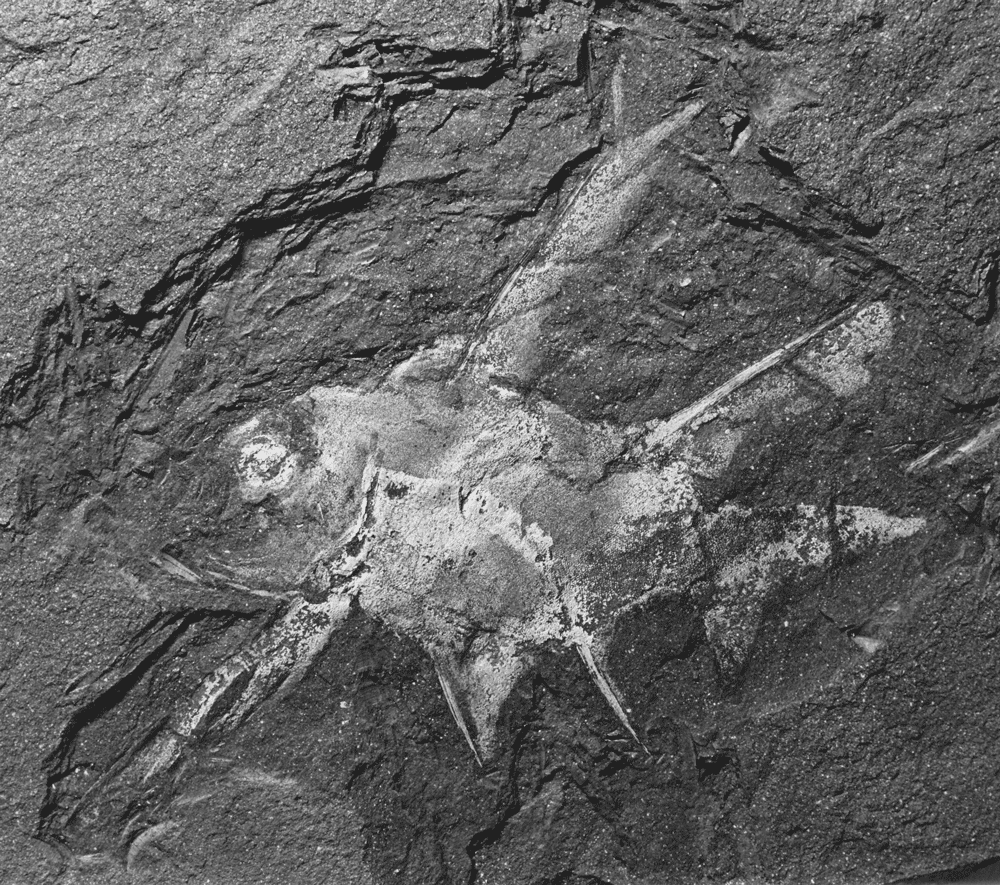
A geological and palaeontological journey through 100My of evolving terrestrial ecosystems in the Main Karoo Basin.
A 9 day transect through 100 million years of continental sedimentation in the Karoo Basin characterised by progressive aridification punctuated by glaciations, tectonic pulses, volcanic outpourings.
The leaders demonstrate how these changes affected the terrestrial vertebrate communities as they walk participants through Carboniferous glacio-marine beds, Permian floodplains. well known terrestrial P/T and T/J boundary sections ending in the Jurassic erg.
Highlights include spectacular crevasse splay palaeosurfaces, cliff section exposures of a variety of channel forms, hunting for mammal-like reptile and dinosaur fossils, palaeosols of wet, dry and loessic floodplains and for the structural people, two transects through the Cape Fold belt.
Touristic highlights include lots of clean Karoo air, semi-desert scenery, spectacular sundowner/star gazing spots. A visit to a traditional sheep farms, game parks, country hotels and farm style cooking are all part of this unique Gondwanan experience.
Fieldtrip duration: Post-Conference 04-12 December 2026- starting and finishing in Cape Town.
Fieldtrip leaders: Prof. Roger Smith and Prof. Bruce Rubidge (Evolutionary Studies Institute, University Witwatersrand)

